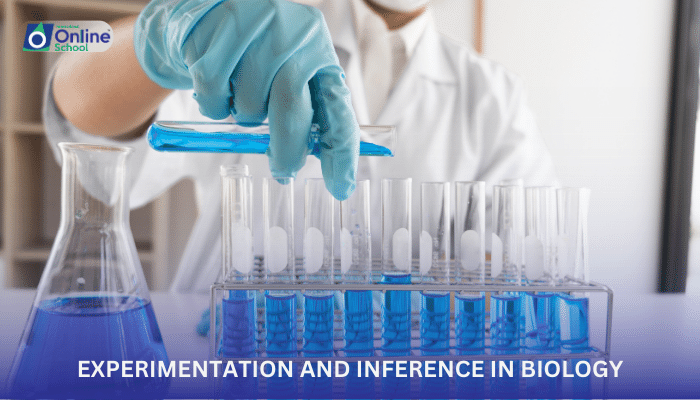
Learning Outcomes:
i. Understand and apply the later stages of the biological method.
ii. Use a hypothesis to make logical predictions known as deductions.
iii. Design and conduct an experiment to test these predictions.
iv. Interpret experimental results to make inferences about the hypothesis.
Summary of Lesson:
In this lesson, you'll learn how scientists move from a hypothesis to discovering new truths about the natural world. We'll take the example of malaria to see how deductions lead to experiments, which in turn lead to new understandings.
Content:
i. Understanding Hypotheses and Deductions:
- A hypothesis is our best guess based on what we currently know. For malaria, our hypothesis might be "Mosquitoes transmit malaria to humans."
- Deductions are predictions we make from our hypothesis. If mosquitoes transmit malaria, then we predict that reducing mosquitoes will reduce malaria cases.
ii. Designing an Experiment:
- An experiment tests our deductions. To test our malaria hypothesis, we could design an experiment to compare malaria rates in areas with and without mosquito control measures.
- Important considerations include controlling variables, so we only test one thing at a time, and deciding on a control group that won't receive the mosquito control measures for comparison.
iii. Conducting the Experiment: Conducting an experiment involves carefully following the designed plan, making observations, and recording data. For our malaria study, this would involve tracking the incidence of malaria over time in different areas.
iv. Interpreting Results: After collecting data, we look for patterns. Do areas with fewer mosquitoes have fewer malaria cases? This information helps us decide if our hypothesis is likely to be correct.
List of Important Questions for Self-Study:
i. What is a hypothesis, and how do you use it to make a deduction?
ii. How do you design an experiment to test a hypothesis about malaria transmission?
iii. What are variables, and why is it important to control them in an experiment?
iv. How do you determine if your experimental results support your hypothesis?
v. What is the role of a control group in an experiment?
vi. What steps would you take if your experiment did not support your hypothesis?
vii. Why is it essential to record accurate data during an experiment?
viii. How can the results of experiments advance our understanding of biological processes?
ix. What could be some challenges in carrying out an experiment on malaria?
x. After conducting an experiment, what are the next steps a scientist might take?
Important Terminologies Used in Lesson:
i. Hypothesis: A proposed explanation for a phenomenon used as a starting point for further investigation.
ii. Deduction: A logical prediction that follows from a hypothesis.
iii. Experiment: A scientific procedure undertaken to make a discovery, test a hypothesis, or demonstrate a known fact.
iv. Control Group: A group in an experiment that is kept under normal conditions to serve as a comparison against the experimental group.
v. Variable: Any factor, trait, or condition that can exist in differing amounts or types and can affect the outcome of an experiment.
vi. Data: Factual information used as a basis for reasoning, discussion, or calculation.
vii. Results: The outcome of an experiment, which may confirm or contradict the original hypothesis.
viii. Inference: A conclusion reached on the basis of evidence and reasoning